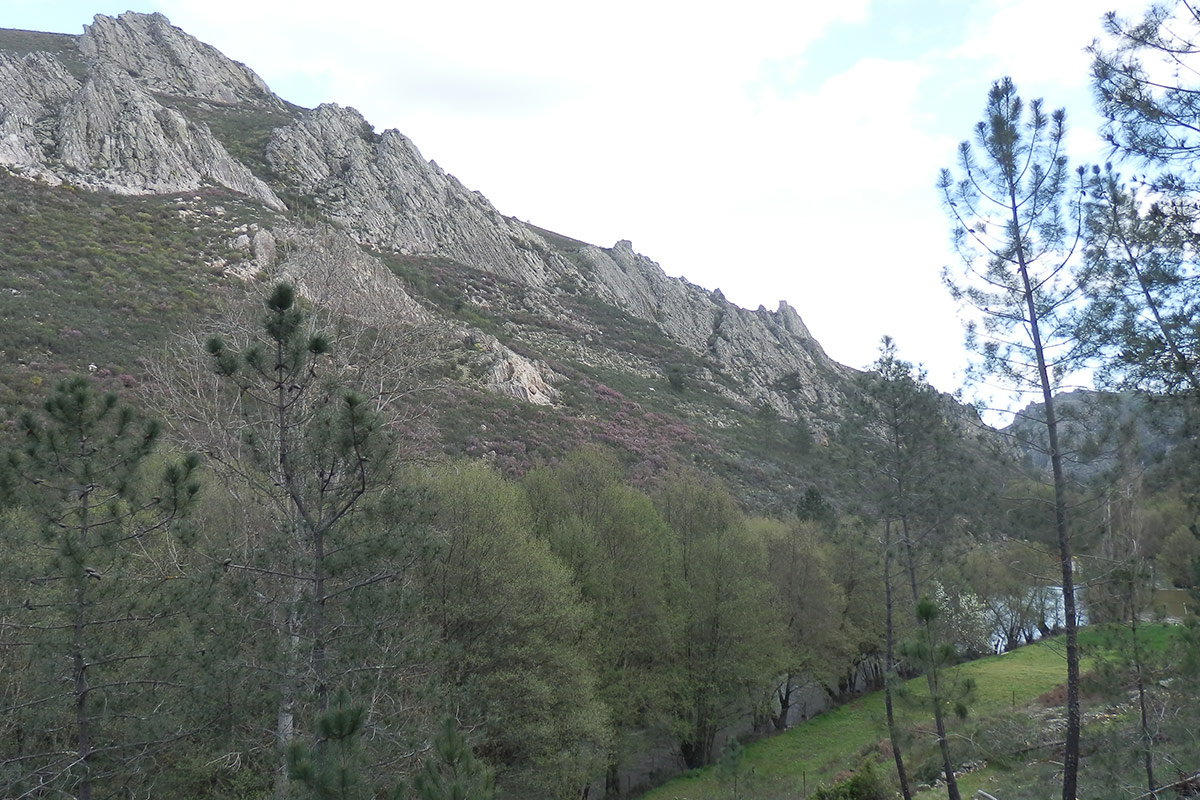ATTRACTIONS OF THE VISIT
In addition to the beauty of the landscape of the Cañamero anticline and the Ruecas river, we can also visit its rock shelters, including the Álvarez cave or Chiquita cave, the Rosa cave, the Vencejos shelter, etc…, which were occupied temporarily, as places of refuge and sanctuary, in the Chalcolithic period (around 3,500 years ago). Here our ancestors made numerous schematic cave paintings, in reddish and black colours, with stylised figures of men and animals, astral signs, stripes and dots, etc.
The physical conditions of the river bed also helped the establishment of Chalcolithic settlements and, during the Reconquest, the construction of the impregnable Muslim castle of Cañamero, where the armies of the León prince Sancho Fernández were stationed in 1220. Likewise, since the Middle Ages, numerous flour mills have been built in the narrow valley in order to take advantage of the driving force of the waters of the Ruecas. Some of them have curious legends related to the Cruzianas “engraved” in the quartzite of the riverbed (e.g. in the vicinity of the Charco de la Nutria – the Otter pool).
We can also visit the Interpretation Centre of the ZEPA (Special Protection Areas for Birds) of the Sierra de Las Villuercas and the Guadarranque valley, located very close to the “Cancho del Fresno” dam. The Geopark Visitor Reception Centre is located in the village of Cañamero, where there are panels and a documentary on the origin of all the geological formations in the region, as well as a selection of characteristic rocks, minerals and fossils, models, maps and photos of the most significant geosites.
GEOLOGICAL INTERPRETATION

